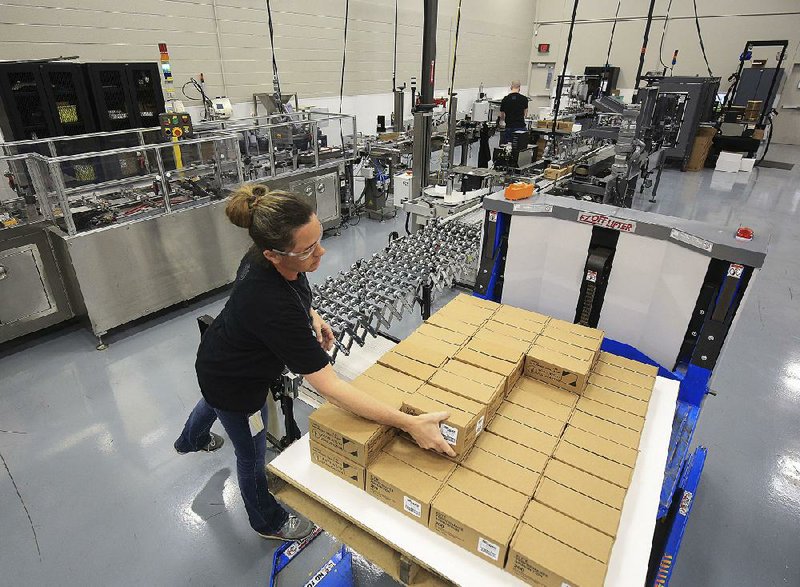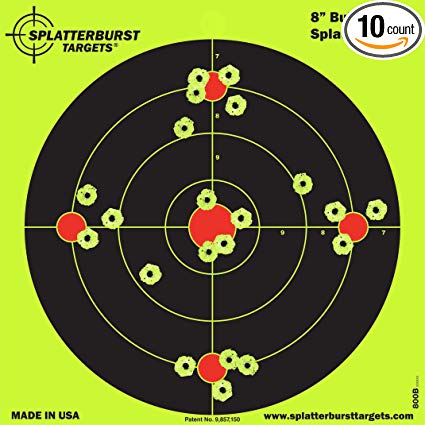The age-old dilemma shooting sports enthusiasts face is spending their hard earned money on a new gun, accessories, training, or ammunition. Yes, a new gun is shiny and cool. Yes, accessories can act as a force multiplier and increase the versatility of your platform. Yes, training can transform you (eventually) from a jellyfish into John Wick. All of these, though, depend on ammunition to make it go. Unexciting. Non-glamorous. Ammunition.

In order to enjoy the shooting sports more, more ammo is highly desirable. Here are some tips on getting more bang for your buck. (See what I did there?)
Inventory control: Determine how much ammunition you need each month. If you’re in a shooting league and are going through 500 rounds a month, your needs are different than a casual shooter expending one magazine at Uncle Joe’s farm visit every few months. Plan on having an inventory of 5 – 10 times your monthly need. This will help ensure you can go several months in between finding excellent deals, as well as accommodate extra shooting or training opportunities.
Understand the name of the game is $/round: With some ammo coming in 50 round boxes, 250 round value packs, 350 round buckets, 600 round packs, and 1000 round bulk packs, it can be hard to determine what is a good deal. Always divide the package cost by the number of rounds to determine a “cents per shot” value. For instance, $13.99 for a box of 50 rounds comes to $13.99 / 50 = 27.98 cents per shot. As of this writing, 9 x 19 mm comes in at about 23 cents per round for new ammunition (115 grain FMJ). Using once-fired brass reloads for range practice (from a reputable reloader), that cost can drop to 15 cents per round. Some places will even discount you further for bringing them once-fired brass.
Choose firearms chambered for cartridges with economy of scale: In other words, ammo that manufacturers have dedicated mass-production capability to will be cheaper than those that have not. Currently, 9 x 19 mm and 5.56 x 45 mm (and .223 Remington) are the most-produced cartridges in the world. Next up are the .45 ACP and .308 Winchester. If you plan to shoot a lot, do yourself a favor and get a 9mm handgun. It will be far cheaper to shoot than .380 ACP, .40 S&W, .357 Sig, etc. If your go-to cartridge is the .43 ACME Obscurus, it will be unlikely you’ll find sales on it, as only so much is produced each year.

Determine your “buy” threshold: Just like the stock market, set a cents per round value that you will act on when you encounter it. Have some money in reserve ($200 is a fair amount) that you WILL spend when you find that deal. Ensure you include shipping costs if applicable, and be sure you discount out-of-state purchases their sales tax, if applicable.
Identify reload sellers in your area: Google “ammunition reloaders <your town>” for a list of commercial reloaders in your area. Quality can vary from business to business. Do online reviews of each place. Local training-only businesses can guide you to what has worked well in their classes. Gun stores may not be so forthcoming since they have shelves of ammo they’d rather sell you.
Always be shopping: Subscribe to multiple gun-sales emails. Cabelas, Dunhams, Midway, and more have daily and weekly specials. When the cost per round is sufficiently low to justify the order (with shipping) or driving to the store, make the purchase. Even if you don’t have your full allotment of $200 (or whatever it is) saved up, spend what is in your allotment. The name of the game is cartridges on your shelf.
Use a Rewards credit card: The average homeowner spends $1000/month between needed stuff for the house, groceries, gasoline, etc.,. Additionally, some utilities can also be paid by credit card. An easy way to get more ammunition is to simply shift expenses you are already incurring onto a rewards card, such as a Cabelas credit card. Of course, be financially responsible and pay stuff off, but there’s no reason not to use the rewards offered as a supplement to your ammunition purchasing power. An advantage to this is that the discount applies to anything in the store, not just range-intent ammo.
Pro-tip: If you buy ammunition, store it in its packaging. Yes, it’s neat to make a treasure-chest-looking bulk ammo container of loose rounds, but keeping ammo in its original boxes lets you retain TRACEABILITY. If there’s ever a recall on ammo, you will have brand, manufacturing date, and lot number, available to determine if the recall affected you. If you dump it all into a bulk box, you’ll have nothing more than a very nervous feeling until it’s all shot up.
Dry-fire practice: Loading your gun’s chamber with nothing costs you 0 cents per round! Yet trigger control is one of the two biggest factors in improving handgun accuracy (the other being sight alignment). Dry fire practice can be done at home (ensure you are safe!) and even 5-10 minutes per day can yield improvements in a short time.
Shoot .22 intermittently: If your firearm has a .22 LR equivalent training gun or a swappable magazine and barrel assembly, shooting .22 is a decent way to develop shooting skills on the cheap. As just stated, trigger control and sight alignment are the biggest contributors to handgun accuracy and both can be practiced with a .22 training gun. The shooter MUST take caution, however, since he will not be practicing grip control and recoil management with .22 LR practice. This is why it’s best to use the .22 LR as an intermittent practice cartridge.
Get something for your money: For amateurs, it can take somewhere on the order of 1000 rounds downrange to move past the notion that you have a repeated explosion going off in your hands and just being excited you’re shooting. At some point, new-shooter anxiety wears off and improvement-intent training kicks in. At this point, every dime and quarter you send downrange should mean something. You should be getting something for your money. Repeated holes in center of target is great. What’s your grouping on controlled pairs (double taps)? What’s your grouping on move-and-shoot? A fun day at the range is GREAT! Do it! But take the time to learn to really shoot as well. Improving your technique is more about YOU than metal on paper. Shift the focus to improvement. Treat rounds downrange as an investment.

Reloading (maybe): Reloading has a somewhat costly start-up expense as you buy the devices, scales, and other equipment necessary to do so. You then have to buy the consumables (casings, primers, powder, and bullets), then you must spend your time assembling the cartridges. For economy-of-scale cartridges like .223 and 9mm, it will take many thousands of rounds to overcome the start up costs and be money ahead. The more uncommon the cartridge, the faster the savings per round will overcome the initial investment. (An advantage to reloading is being able to tailor your cartridge specs to your specific needs, though.)
